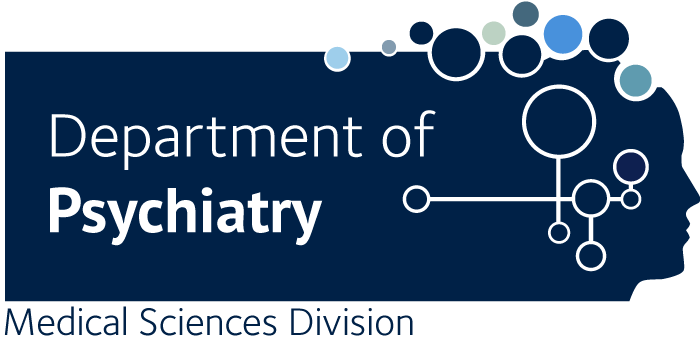I Have a Fear of Negative Evaluation, Get Me Out of Here! Examining Latent Constructs of Social Anxiety and Autistic Traits in Neurotypical and Autistic Young People.
Lei J., Russell A.
Understanding shared and unique constructs underlying social communication difficulties in autism spectrum disorder (ASD) and social anxiety disorder (SAD) can address potential diagnostic overshadowing when evaluating SAD in the context of autism. Using self-report measures, factor analyses examined constructs underlying autistic traits, social anxiety, internalising symptoms and wellbeing amongst 267 neurotypical (17-19 years) and 145 autistic (15-22 years) students in the UK. Shared constructs across measures assessed general social communication competency (e.g., social distress in new situations and peer relationships). Fear of Negative Evaluation (FNE) was identified in both samples as a stable construct unique to social anxiety. Adapting interventions targeting SAD in autism should target FNE during adolescence which marks a period of heightened peer interaction and social vulnerability.

